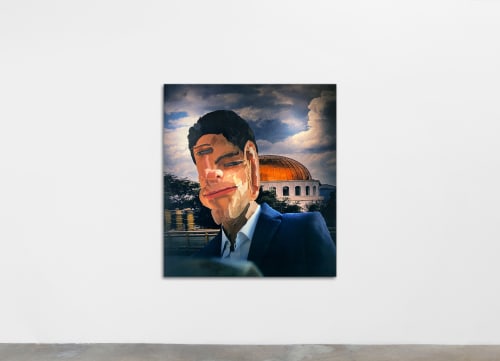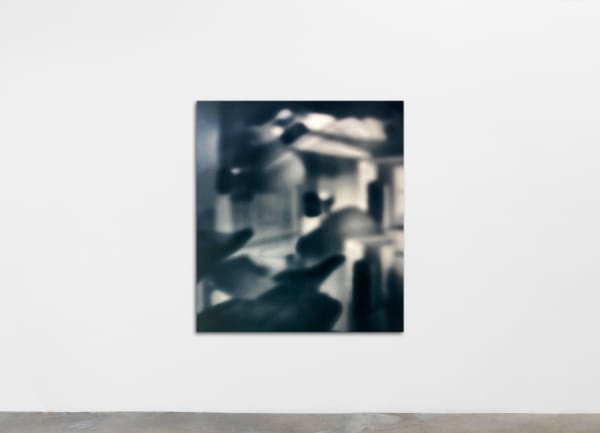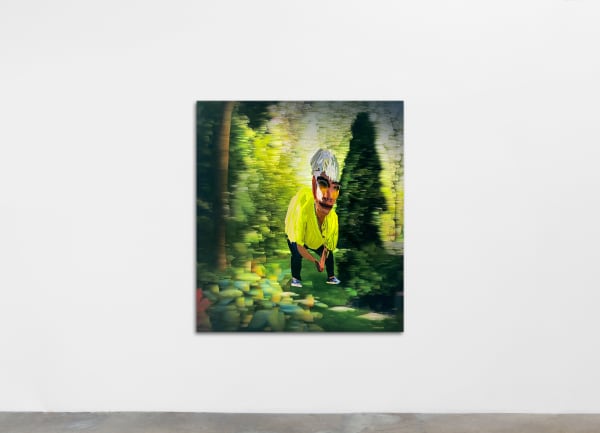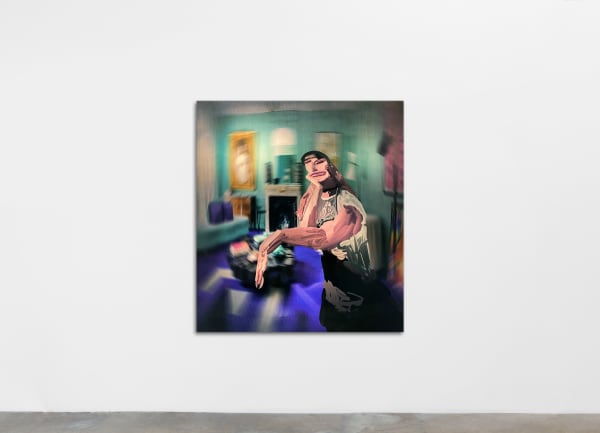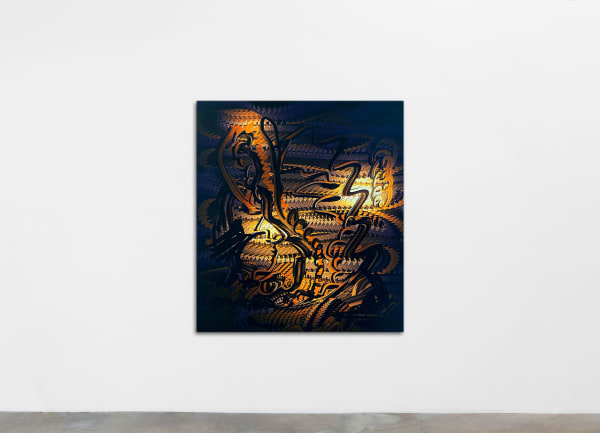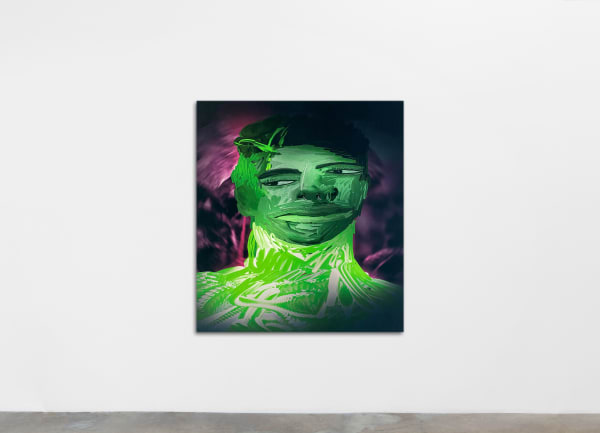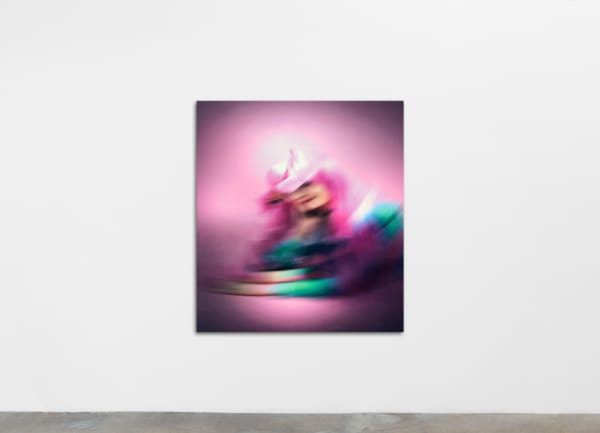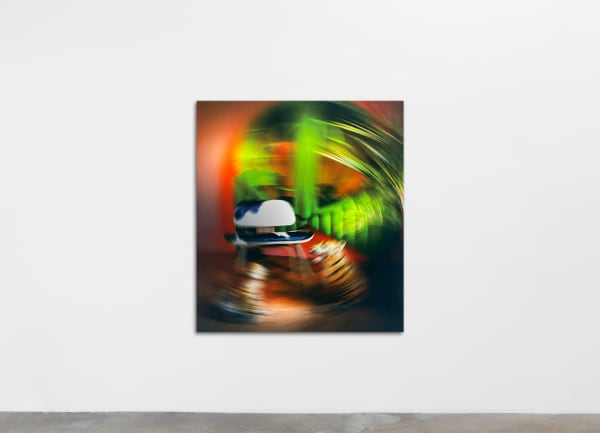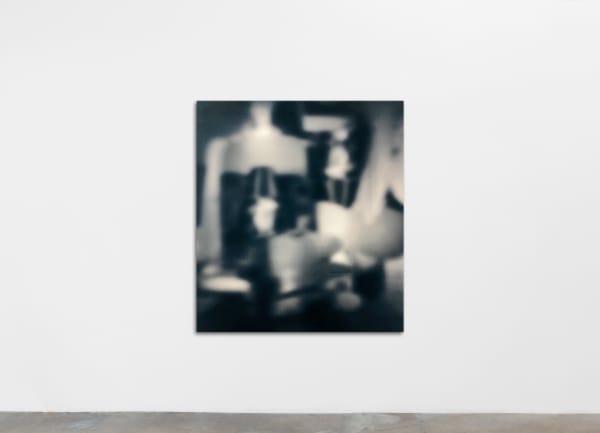Ry David Bradley I Still Life 2
The history of visual art has always had an anxious relationship with the truth that experience is fleeting. Still life painting and its attempts to freeze the precarious conditions of the present moment, points towards a basic human impulse: we are motivated to record that we exist, and to communicate what that experience is like.
In Still Life 2 we return to a state of stillness and reflection but one that is unavoidably filtered through the visual phrasing of the chaotic time we live in.
For Ry David Bradley it is important for the integrity of his work that his chosen medium be appropriate to his social milieu. Produced using digital printing technology, the twelve paintings in this exhibition represent a progression in the same tradition of image making that has occupied a preeminent position in the history of Western visual culture since the fifteenth century. However, the pigment in these paintings is suspended in dye rather than oil, and has been applied to stretched velvet through a process of dye-sublimation rather than to canvas with a brush.
The rise of cinema eventually replaced the role of painting in communicating grand narratives to a general public. Interested in the fundamental obsession with light that these two disciplines share, for Still Life 2 Bradley performs a masterful display of ocular choreography. Gesturing with the tools of 3-D rendering software, the artist has internally spotlit several of the works to evoke the candlelit chiaroscuro of a Caravaggio or a Vermeer. At the same time, the print grain on the velvet has been specifically directed so that the deep emeralds and glowing fuchsias that seem to radiate from the walls of the gallery appear as if they were emanating from the hidden recesses of a backlit display.
Imagining a time when reality-augmenting technologies become completely integrated into our sensory receptors, the artist pre-empts how our physical appearances and experience of space will be permanently changed. Whilst previously, religious frescoes had the potential to convince us of the existence of hellish other worlds, Bradley muses on how increasingly sophisticated tricks of the eye are needed to convince us today of the slippage between fantasy and reality.
The idea of generational transition is one of central importance to this exhibition and to Ry David Bradley's practice in general. Picking up cues from older painters who have worked with digital technology, Bradley's work is in conversation with David Hockney and Albert Oehlen as much as it is with his contemporaries like Avery Singer and Petra Cortright.
Always forward facing, these images step away from the bland and familiar confines of established pictorial taste and ask us to consider what kind of painting will be important to the new digitally native generation once they come of age.
-
 Ry David BradleyToz0&, 2020
Ry David BradleyToz0&, 2020 -
 Ry David BradleytL&r7, 2020
Ry David BradleytL&r7, 2020 -
 Ry David Bradley1Uxe?, 2020
Ry David Bradley1Uxe?, 2020 -
 Ry David Bradley3*lBO, 2020
Ry David Bradley3*lBO, 2020 -
 Ry David Bradley8=fRE, 2020
Ry David Bradley8=fRE, 2020 -
 Ry David BradleySt_2R, 2020
Ry David BradleySt_2R, 2020 -
 Ry David Bradley_L5ro, 2020
Ry David Bradley_L5ro, 2020 -
 Ry David Bradley_4uDo, 2020
Ry David Bradley_4uDo, 2020 -
 Ry David Bradley=H4Ti, 2020
Ry David Bradley=H4Ti, 2020 -
 Ry David Bradley-YaT@0, 2020
Ry David Bradley-YaT@0, 2020 -
 Ry David Bradley-o0Ti, 2020
Ry David Bradley-o0Ti, 2020 -
 Ry David Bradleytu8H?, 2020
Ry David Bradleytu8H?, 2020
